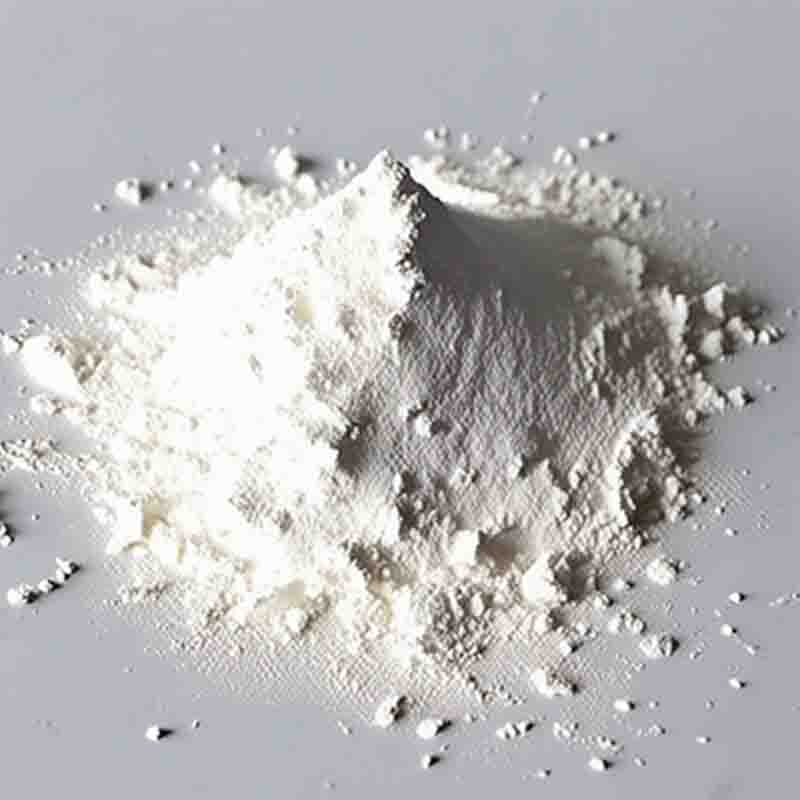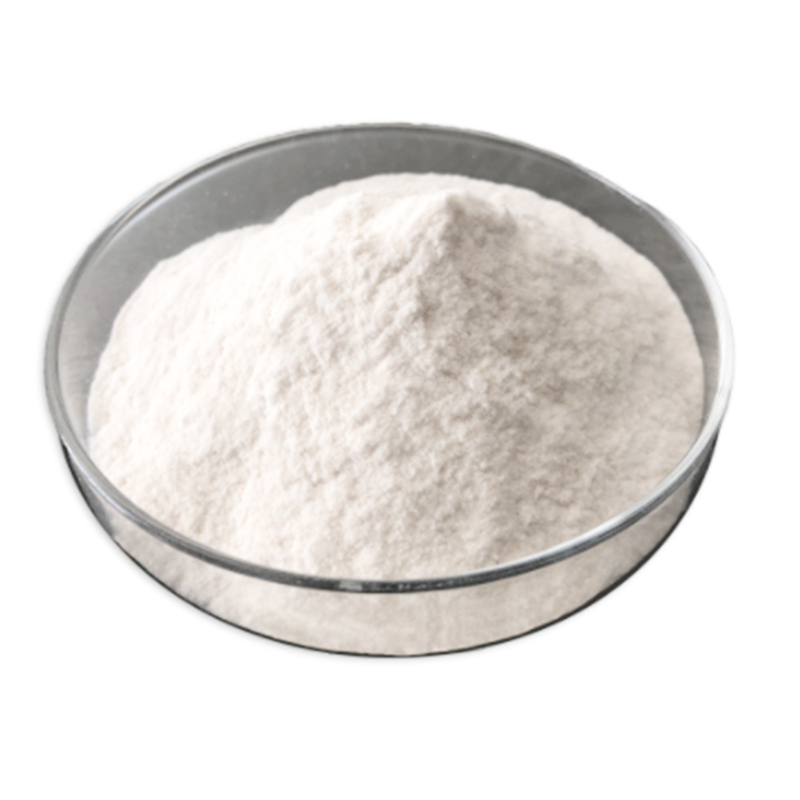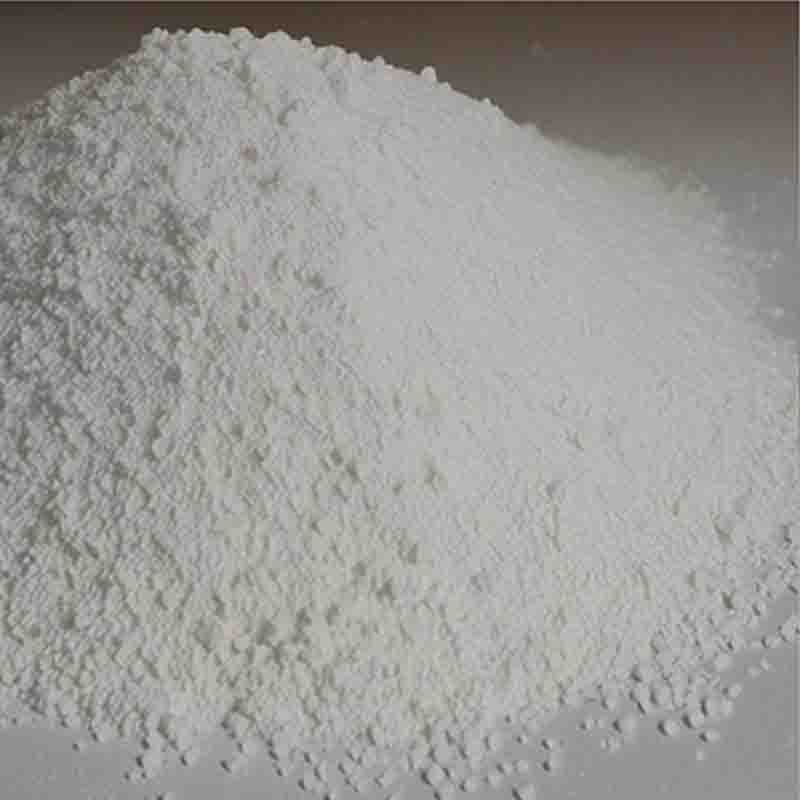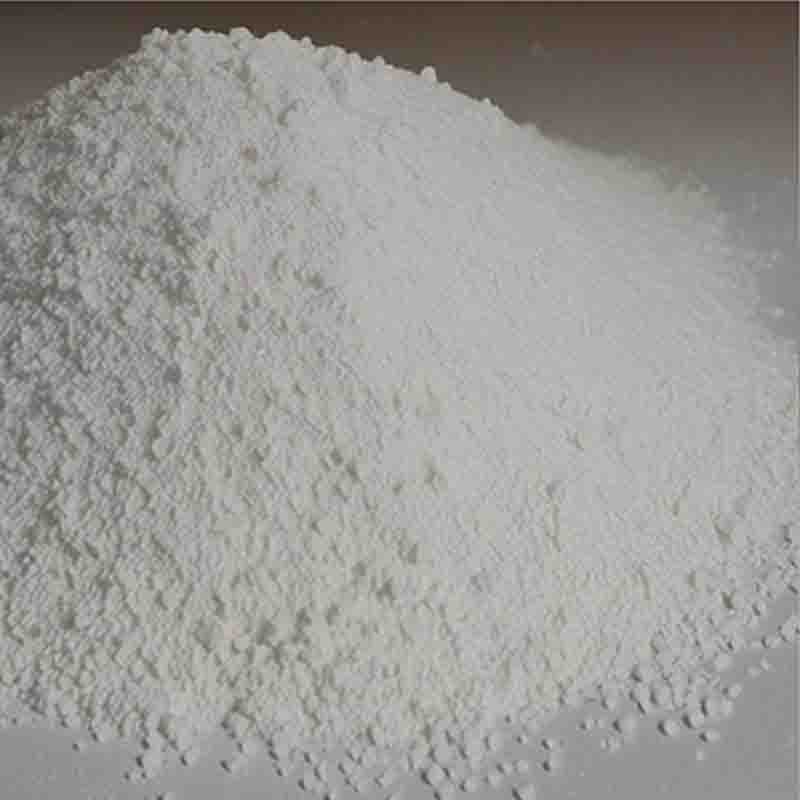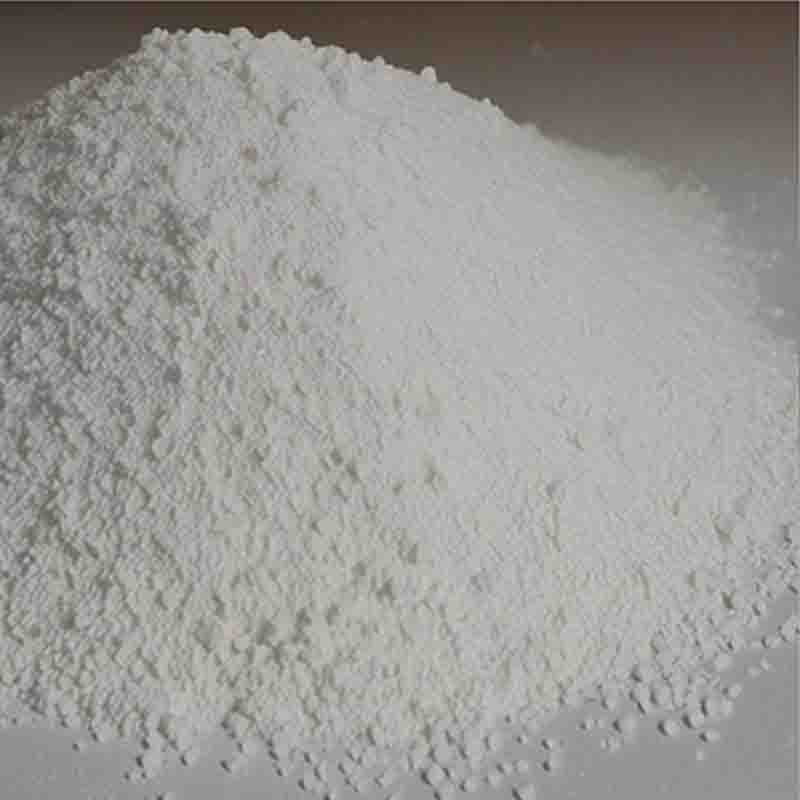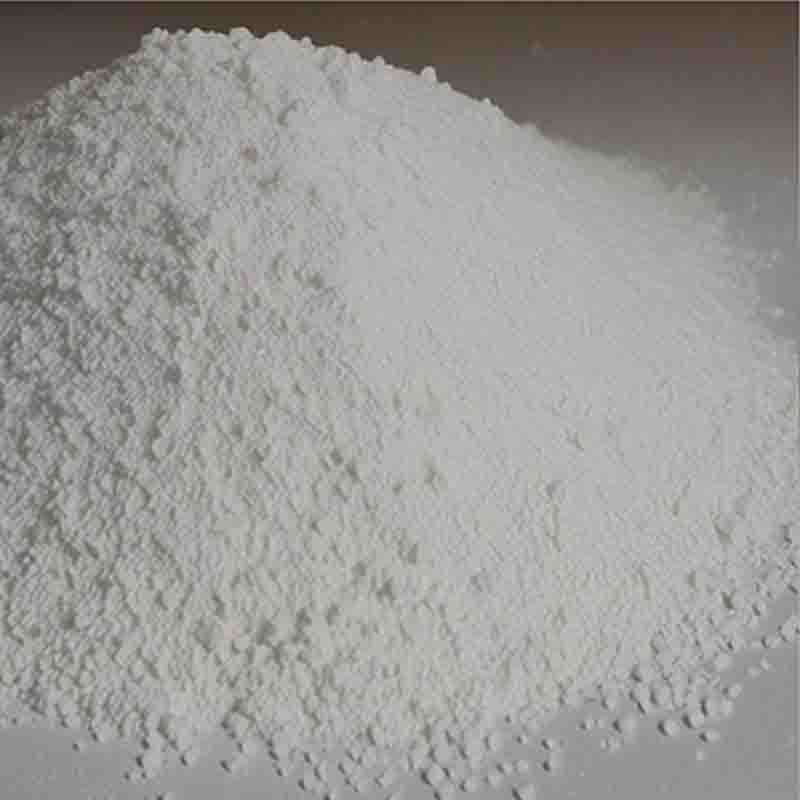3-Methyl-7-(2-butyn-1-yl)-8-bromoxanthine CAS: 666816-98-4
| Catalog Number | XD93622 |
| Product Name | 3-Methyl-7-(2-butyn-1-yl)-8-bromoxanthine |
| CAS | 666816-98-4 |
| Molecular Formula | C10H9BrN4O2 |
| Molecular Weight | 297.11 |
| Storage Details | Ambient |
Product Specification
| Appearance | White powder |
| Assay | 99% min |
3-Methyl-7-(2-butyn-1-yl)-8-bromoxanthine is a chemical compound that belongs to the xanthine family. Xanthine derivatives have been extensively studied and are known for their diverse range of applications, particularly in the field of pharmacology.One important application of 3-Methyl-7-(2-butyn-1-yl)-8-bromoxanthine is its potential use as a drug for the treatment of respiratory conditions such as asthma and chronic obstructive pulmonary disease (COPD). Xanthine derivatives, including theophylline, have long been used in respiratory medicine due to their bronchodilatory and anti-inflammatory properties. These compounds work by relaxing the smooth muscles in the airways and reducing inflammation, thus improving breathing function.The addition of a bromine atom at the 8th position of the xanthine ring in 3-Methyl-7-(2-butyn-1-yl)-8-bromoxanthine could enhance its bronchodilatory effects compared to other xanthine derivatives. Bromine substitution in similar compounds has been shown to increase their potency and duration of action. Therefore, this compound may have potential as a more effective and longer-lasting bronchodilator for respiratory conditions.Furthermore, xanthines have also been investigated for their potential neuroprotective properties. They have demonstrated antioxidant and anti-inflammatory effects, as well as the ability to enhance cerebral blood flow and improve cognitive function. These properties make them interesting candidates for neurodegenerative disorders such as Alzheimer's and Parkinson's diseases.In addition to the pharmaceutical applications, 3-Methyl-7-(2-butyn-1-yl)-8-bromoxanthine may also find use in scientific research. Xanthine derivatives are often employed as biochemical tools to study adenosine receptors and phosphodiesterase enzymes. These compounds can act as selective ligands or inhibitors, aiding in the investigation of specific molecular mechanisms and pathways.The synthesis and modification of 3-Methyl-7-(2-butyn-1-yl)-8-bromoxanthine can be tailored to further optimize its properties for specific applications. Various chemical reactions, such as substitution, addition, and coupling reactions, can be employed to introduce functional groups or modify the core structure. These modifications can potentially enhance its pharmacological activities or enable the development of derivatives with improved selectivity and bioavailability.In conclusion, 3-Methyl-7-(2-butyn-1-yl)-8-bromoxanthine holds significant potential for use in respiratory medicine, neuroprotection, and biochemical research. Its bronchodilatory effects make it a promising candidate for the treatment of respiratory conditions, and its potential neuroprotective properties suggest applications in neurodegenerative diseases. Further research and development will be necessary to fully explore and exploit the benefits of this compound in various medical and scientific fields.


